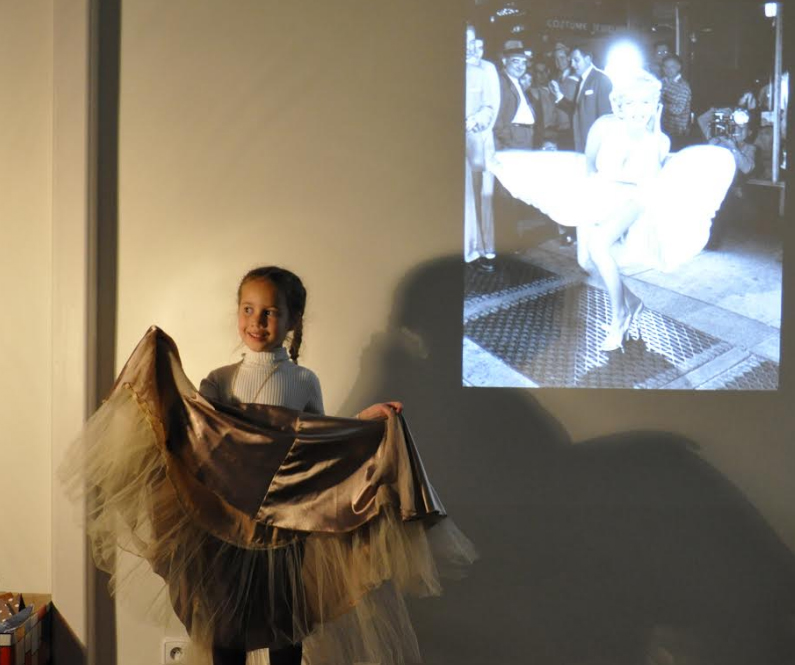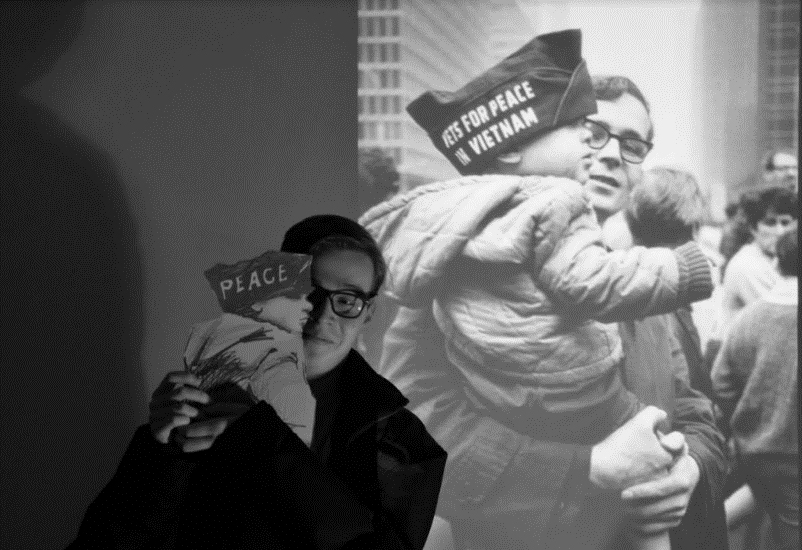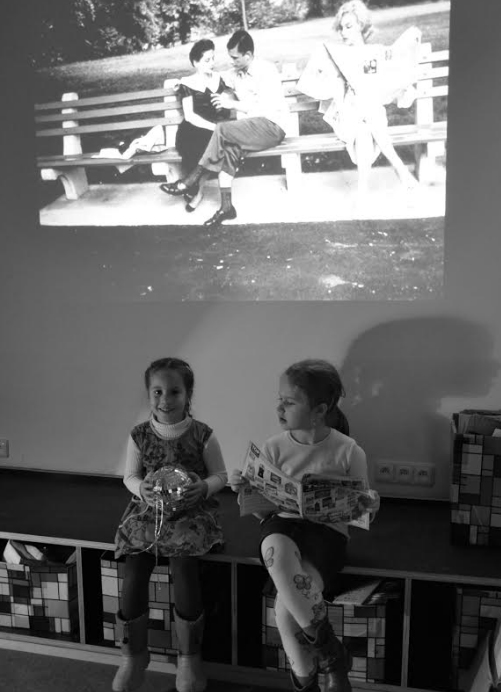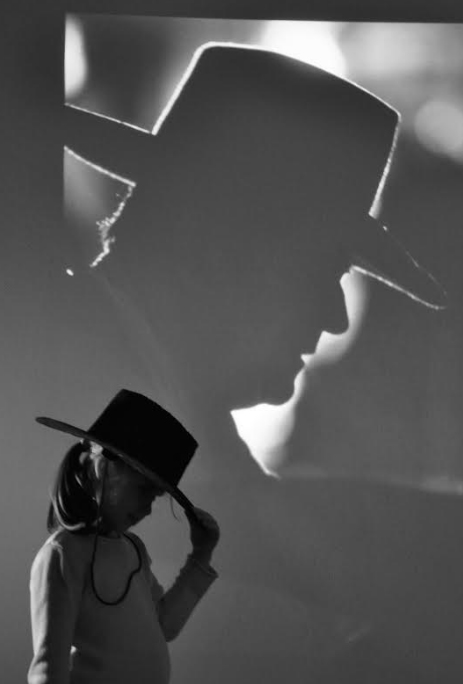An art workshop realized in the educational center for the exhibition Photographer of stars Sam Shaw
Website
Sam Show (1912-1999) is one of the most prominent photographers of his generation. His more than fifty year career began in Collier’s magazine, for which he created the cycle „How does America live“ in the 1940s. Show traveled across the United States to capture the ordinary life in all the divers corners of his homeland. Later, his name became synonymous with covers of Life and Look magazines. In the 1950s he shifted his attention to the world of the film that he charted through hundreds of portraits of movie stars – including iconic photographs of Marylin Monroe with a fluttering skirt. In the 1960s he devoted himself to the film production, but he never stopped shooting. For many years he has cooperated with John Cassavetes and independent filmmakers. Through his portraits he became the pioneer of this photographic genre due to the immense spontaneity and extraordinary dynamism of the shots that according to him capture the kinetic beauty.
PROJECT:
Photographic stylization by Sam Shaw’s photographs
Large format projection of author‘s photos and custom stylization of the participants. Shooting and printing black and white photos from a PC printer
-
1. How did the learning activity with the use of the ICT take place? What tasks do pupils have to do?
ICT and new media are involved in creative activities based on direct links to formal and content pages of exhibitions, to which we prepare educational art programs and workshops. In the case of the realization of the art workshop for the Sam Shaw exhibition, we used the background of the educational center, which can be obscured and is suitable for projection of photos by a dataprojector. Participants got familiar with photos of the author, they were black and white photographs of actors / actresses (such as Marylin Monroe), musicians and other artists. The participants were asked to select a few photos that they would imitate – according to which they would stylize themselfs into people in the photos and try to get closer to the overall composition of the pictures. During the shooting they changed roles, a part of the time they were in a role of a model/actor and the other part in the role of a photographer. We immediately printed the photos in black and white on a regular printer connected to a PC.
-
2. What is the used methodology?
Influence of art-centrism (in dialogue with art) and video-centrism (creating visual image).
-
3. Which ICT tools do you use in this project?
PC-notebook, dataprojector, digital camera and black and white printer.
-
4. What materials are you working with?
During the stylization and shooting we worked with the illumination of the space with the so-called stage, we used just a simple lamp. The participants had access to clothes and accessories (hats, jewelery, scarves, skirts, etc.), from which they could choose whatever they wanted and use it for their own stylization.
-
5. Which parts of the project do you consider to be strategically important?
Those that lead to a deeper understanding of the work of exposed artists, to a positive relationship to art culture and to the development of students ‘ creativity. The participants took a close look at Sam Shaw’s photos and became more aware of the important aspects of photographic work – work with models / actors in photography, photo composition, illumination of the situation. At the same time, the period photos provided a testimony of the time and place in which they were taken (as a document of the time of the 1950s and 1960s in the USA).
-
6. What knowledge and skills do students acquire?
Orientation in the development of arts and knowledge of art techniques (in this case photography), development of visual literacy, critical thinking, communication skills and development of own creativity.
-
7. What are the expected results of your activities and can they be objectively measured / observed?
A deeper understanding of the formal and content aspects of art works can be seen through the verbal reflection of the participant’s own opinion-that is, by comparing the views before and after the actitivy. An appropriate method is also the common final reflection of the created works of art / reactions. A positive feedback for us is also to follow up on our programs in the next school education.
-
8. How do you evaluate the experience of the use of ICT tools in education? Can it be evaluated?
In some projects, the use of ICT tools is almost irreplaceable. In activities pedagogical content must be appropriately and carefully thought out, and then ICT is an appropriate and creative tool.
-
9. If the course does not goes as expected, how do you repair individual activities?
By pedagogical improvisation.
COMMON QUESTIONS:
-
a. How did your project begin? Which needs led you to engage ICT in teaching? Which questions should be answered?
The use of ICT and new media in our projects always arises from the need for the greatest possible connection to the formal and content aspects of the artistic works that are the basis of our creative activities. Using ICT can increase the attractiveness of the task and the enthusiasm of the participants. As a result, a positive experience is emerging within the participants and that leads to the successful development of their knowledge and skills.
-
b. What is inovative in your project?
We always try to give a maximum space for participants‘ own creativity. We use basic and easily accessible resources (PC, dataprojector and digital camera, a regular printer connected to a PC).
-
c. What basic knowledge do you think students have to have for successful completion of your education? How do these knowledge apply during the course?
Totally minimal knowledge of ICT tools. We will explain everything they need to know during the task. Before the task there is motivation and communication of important information (content of curriculum).
-
d. Is there something that came up during the lesson and was surprising for you?
Participants’ own creativity can sometimes shift the task into other, high-quality dimensions. E.g. Production of own props.
-
e. What do you think is the link between your project, media competence and active citizenship?
Creative use of ICT and new media for own creative expresion. There is developement of visual and medial literacy and development od perceptual sensitivity. Connecting classical and contemporary art.



